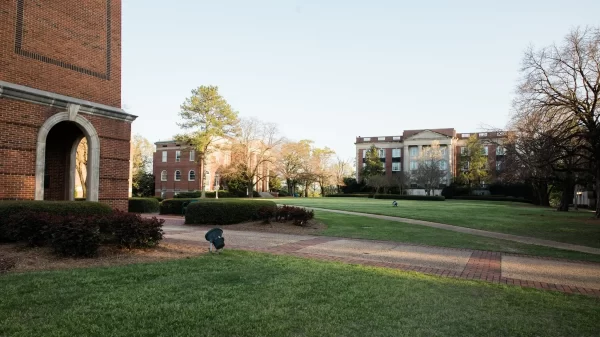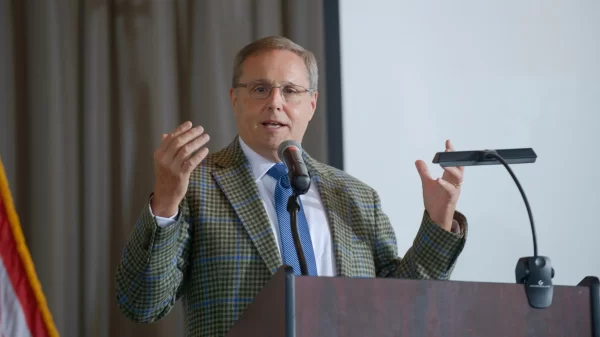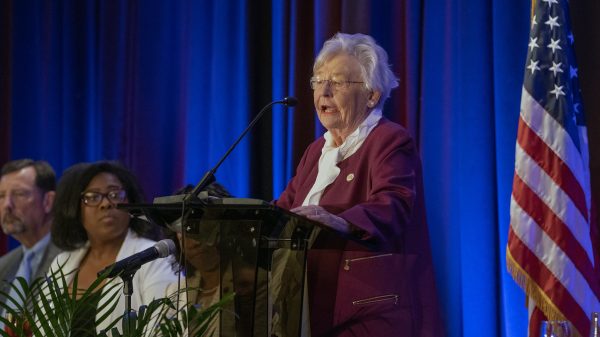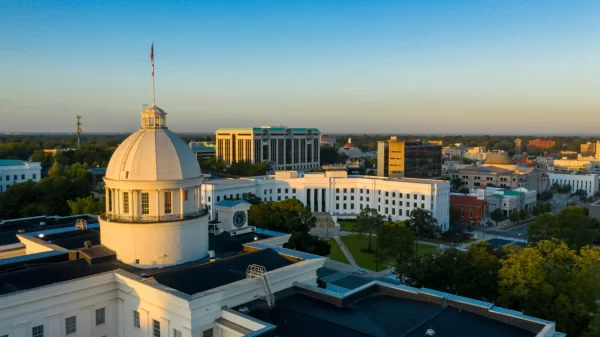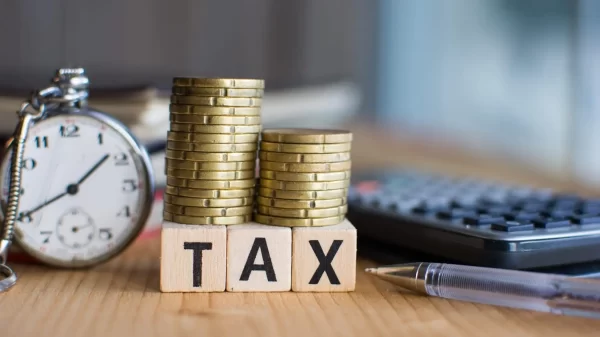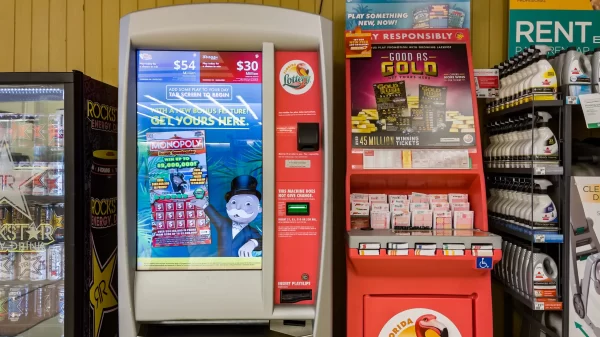By Bill Britt
Alabama Political Reporter
MONTGOMERY—A study by Alabama Possible found 19.2 percent of Alabamians, or more than 900,000 people, live below the Federal Poverty Line. The State’s poverty rate is higher than the national average of 15.5 percent, making it our nation’s fourth poorest state.
Alabama Possible a nonprofit organization established in 1993, “To remove barriers to prosperity in Alabama through education, collaboration, and advocacy,” released its latest finding on June 14 of this year. The annual report highlights statewide poverty rates and data, related to educational attainment, employment and food security.
“Poverty and hunger are commonplace experiences in Alabama. Nearly all of us have experienced poverty or know someone who has,” said Kristina Scott, executive director of Alabama Possible. “The surest path from poverty to prosperity is a good job. Investing in workforce development, including promoting postsecondary education, can ensure that all Alabamians lead prosperous lives.”
The report found that 19 of Alabama’s 67 counties have a poverty rate higher than 25 percent. The State has the fourth highest rate of child poverty in the country, and more than 300,000 Alabama children live in poverty. “This is especially true among minorities, as African American children are twice as likely to live in poverty as white children, and Hispanic or Latino children are three times more likely to live in poverty as white children,” according to the data sheet.
Another major concern are those living without reliable access to a sufficient quantity of affordable, nutritious food, with a notably high food insecurity rate at 18.8 percent. Every county, with the exception of Shelby County which is at 18.4 percent, has a higher child food insecurity rate than the national average of 20.9 percent.
According to the Alabama Possible report, the State has the fifth lowest Opportunity Index score in the country with 47.4 out of a possible 100. The Opportunity Index, a measurement developed by Measure of America and Opportunity Nation, takes into account a variety of conditions examined in the data sheet, including poverty and education, and provides a snapshot of economic mobility at the state and county levels.
Alabama Possible was founded in 1993 when, “a group of concerned citizens, including Auburn University President Wilford Bailey, Auburn History Professor Emeritus Wayne Flynt, Social Work Pioneer Eulene Hawkins, and Alabama Baptist Convention President Earl Potts came together to form, as it was then known as, the Alabama Poverty Project. They joined with others across the South to study poverty, publicize their findings, teach undergraduates what they had learned, and mobilize public policy to bring about systems change.”











